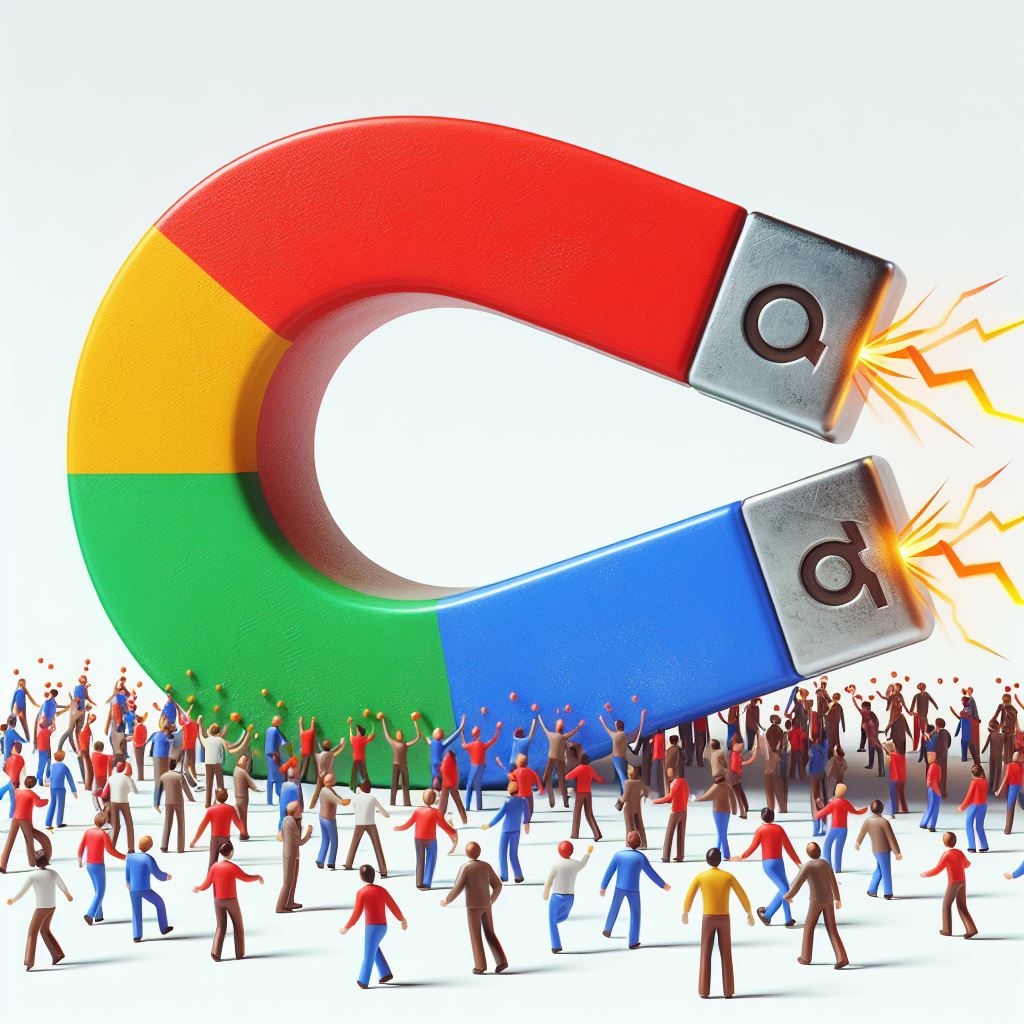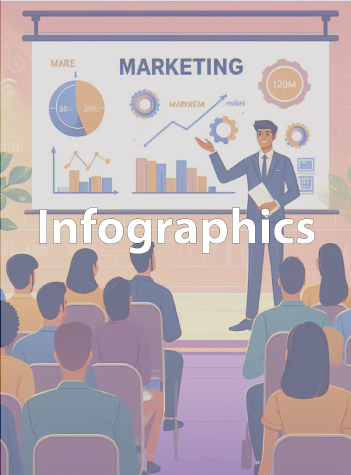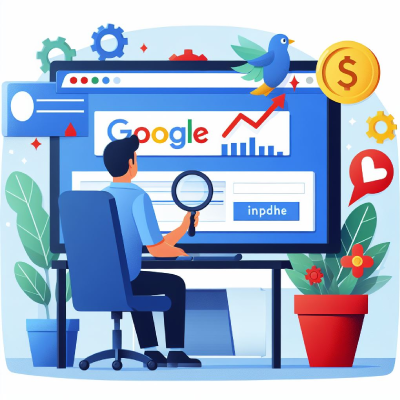
Digital marketing is the use of online channels and platforms to promote a product or service, reach potential customers, and increase sales. Digital marketing can include various tactics such as search engine optimization (SEO), content marketing, social media marketing, email marketing, video marketing, influencer marketing, and more.
But how do you choose the best digital marketing strategies for your business? How do you measure their effectiveness and optimize them for better results? How do you create a loyal customer base that keeps coming back for more?
In this blog post, we will answer these questions and provide you with some of the best digital marketing strategies to attract and retain customers in 2023. I will also share some tips and examples of how to implement them successfully.
Let’s get started!
Customer Attraction Strategies

SEO (Search Engine Optimization) is the process of improving the quality and quantity of traffic to a website from search engines. A good SEO strategy can increase the company’s visibility in search engines and attract more potential customers by:
- – Conducting keyword research to identify the most relevant and popular terms that users are searching for in relation to the company’s products or services.
- – Optimizing the website’s content, structure, and meta tags to match the keywords and provide a clear and engaging user experience.
- – Building links from other reputable and authoritative websites that point to the company’s website and enhance its credibility and reputation.
- – Measuring and analyzing the performance of the SEO strategy using tools such as Google Analytics, Google Search Console, and Bing Webmaster Tools.
- – Updating and refining the SEO strategy based on the results and feedback from the users and search engines.
Content marketing is a strategic approach to creating and distributing relevant, valuable and engaging content that attracts and retains a clearly defined audience. The goal of content marketing is to drive profitable customer action by providing useful information that solves their problems, educates them, entertains them or inspires them. Content marketing can take many forms, such as:





The key to successful content marketing is to understand your target audience, their needs, preferences and pain points, and to deliver content that meets those criteria. Content marketing can help you build trust, credibility and authority in your industry, generate leads and conversions, increase brand awareness and loyalty, and foster long-term relationships with your customers.





Online advertising is a powerful way to reach a wider audience for your products or services. Online advertising can take many forms, such as pay-per-click (PPC) ads, social media ads, display ads, video ads, and more. Each form has its own advantages and disadvantages, depending on your goals, budget, and target market.
PPC ads are ads that you pay for only when someone clicks on them. They are usually shown on search engines or websites related to your keywords. PPC ads can help you drive more traffic to your website, generate leads, and increase conversions. PPC ads are also easy to measure and optimize, as you can track the performance of your campaigns and adjust your bids and keywords accordingly. Social media ads are ads that you run on platforms like Facebook, Instagram, Twitter,
LinkedIn, and others. Social media ads can help you build brand awareness, engage with your audience, and drive social proof. Social media ads are also highly customizable and targeted, as you can choose from various formats, audiences, and objectives. Social media ads can also leverage the power of social networks and word-of-mouth, as your ads can be shared, liked, commented on, and reviewed by your potential customers. Online advertising can help you reach a
wider audience by allowing you to access millions of users across different platforms and devices. Online advertising can also help you reach a more relevant audience by using data and analytics to segment and target your ideal customers based on their demographics, interests, behaviors, and needs. Online advertising can also help you reach a more engaged audience by creating compelling and interactive ads that capture their attention and inspire them to take action.
Customer Retention Strategies

Email marketing is a powerful tool for communicating with your existing and potential customers. It allows you to send personalized and relevant messages that can inform them about your products, services, offers, events, and more. Email marketing can also help you build trust and loyalty with your customers, as well as increase your brand awareness and reputation. By sending regular and engaging emails, you can keep your customers interested in your business and encourage them to take action, such as visiting your website, making a purchase, or leaving a review.
Loyalty Programs are a powerful marketing strategy that can increase customer retention and loyalty.
– Loyalty programs offer rewards or benefits to customers who make frequent or large purchases from a business.
– Rewards or benefits can include discounts, free products, vouchers, coupons, points, cash back, etc.
– Customers are motivated to continue purchasing from the business to earn more rewards or benefits, or to redeem them for their desired items.
– Loyalty programs also create a sense of belonging and trust between the customers and the business, as they feel valued and appreciated for their loyalty.
– Loyalty programs can also increase customer satisfaction, retention, referrals, and word-of-mouth marketing


Quality customer service is the ability to provide a satisfying and positive experience to the customers who interact with your business. It involves meeting their needs, expectations and preferences, as well as resolving their problems and complaints in a timely and courteous manner. Quality customer service can help you build trust, loyalty and reputation among your customers, which can lead to increased sales, referrals and retention. Some examples of quality customer service are:
– Greeting the customers warmly and politely, and using their names if possible.
– Listening actively and empathetically to the customers’ questions, concerns and feedback, and showing interest and appreciation.
– Providing accurate, relevant and complete information to the customers, and avoiding jargon or technical terms that they may not understand.
– Offering personalized solutions and recommendations that suit the customers’ needs and goals, and explaining the benefits and features of your products or services.
– Handling the customers’ complaints and issues professionally and respectfully, and apologizing sincerely for any inconvenience or mistake caused by your business.
– Going the extra mile to exceed the customers’ expectations and delight them with unexpected gestures, such as discounts, freebies, upgrades or rewards.
Measurement and Analysis

In today’s competitive and dynamic online environment, it is essential for businesses to measure the success of their digital marketing strategies. By doing so, they can identify what works and what doesn’t, optimize their campaigns, increase their return on investment (ROI), and achieve their goals.
One of the ways to measure the success of digital marketing strategies is to use analysis tools and key metrics. Analysis tools are software applications that collect, process, and visualize data from various sources, such as websites, social media, email, search engines, etc. They help marketers to track, measure, and evaluate the performance of their online activities.
Some of the common analysis tools are Google Analytics, Facebook Insights, Twitter Analytics, Mailchimp, etc. Each tool has its own features and functions, but they all provide valuable insights into the behavior, preferences, and needs of the target audience.
Key metrics are quantitative indicators that measure the effectiveness of digital marketing strategies. They help marketers to assess how well they are achieving their objectives, such as increasing brand awareness, generating leads, converting customers, retaining loyalty, etc. Some of the common key metrics are:
- Traffic: The number of visitors who access a website or a web page.
- Bounce rate: The percentage of visitors who leave a website or a web page after viewing only one page.
- Conversion rate: The percentage of visitors who complete a desired action on a website or a web page, such as filling out a form, making a purchase, subscribing to a newsletter, etc.
- Cost per acquisition (CPA): The amount of money spent to acquire one customer.
- Customer lifetime value (CLV): The estimated net profit generated by a customer over their entire relationship with a business.
- Return on ad spend (ROAS): The ratio of revenue generated by an advertising campaign to the cost of the campaign.
- Social media engagement: The level of interaction between a brand and its audience on social media platforms, such as likes, comments, shares, retweets, etc.
By using analysis tools and key metrics, marketers can measure the success of their digital marketing strategies and make data-driven decisions to improve their online performance.
So.. In conclusion
In this blog post, we have discussed some of the best digital marketing strategies to attract and retain customers in the competitive online world. We have seen how content marketing, social media marketing, email marketing, SEO, and PPC can help you reach your target audience, build trust and loyalty, and increase conversions and sales.
However, we have also emphasized that there is no one-size-fits-all solution for digital marketing. Each company and customer has different needs, preferences, goals, and challenges. Therefore, it is important to adapt your strategies to the specific context and situation of your business and your customers.
You need to analyze your market, your competitors, your strengths and weaknesses, and your customer behavior and feedback. You need to test, measure, and optimize your campaigns and tactics. You need to be flexible, creative, and innovative.
Digital marketing is not a static or linear process. It is a dynamic and interactive one that requires constant learning and improvement. By following the strategies we have shared in this blog post, you can start or enhance your digital marketing journey and achieve better results for your business and your customers.



